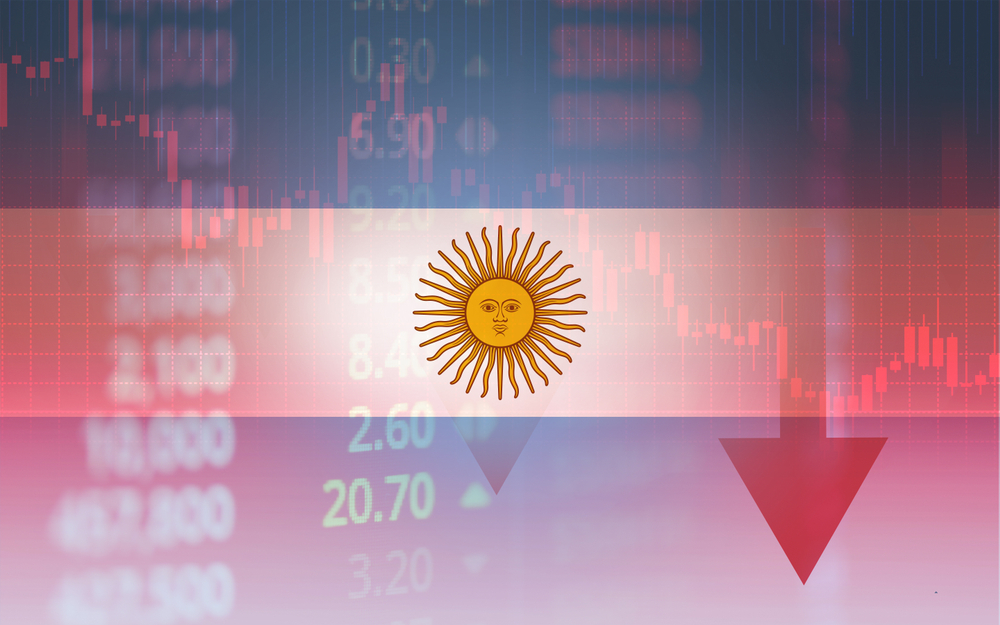Recent news from Argentina, which is going through a phase of drastic inflation, is quite disturbing - the local government has recently issued a new, 2000 peso bill - which is currently worth 8.5 USD (!). Well, it’s not a secret that this South American country is going through rough times. It’s also not a secret that many investors pulled their capital out of it, for the sake of safer havens. That said, not ALL investors have done so quite yet. If you are among them, what should be your next step?
I, Ofir Bar, am an investor with about a quarter of a century of experience in worldwide markets. Truth be told, I can’t help but be concerned with where the Argentinian economy is headed. No wonder so much capital is running away from it! That said, some investors still have money there. So, what options are out there for those who still believe in this market?

Source: Shutterstock
No way around it
Inflation is present in many countries around the world these days. We can already see that the US is starting to show signs of recovery, but it’s still hard to determine when Argentina will start recovering, too. What should you do, then?
I think that waiting out the storm is a viable option: ‘Ducking in’ and doing your best to predict the inflation’s lifespan may be helpful. No, I don’t mean you have to do this on your own if you don’t possess the knowledge and tools to do so. Collect data from varied and independent sources, and crosscheck them till you get a clue of which predictions sound the most accurate to you. With your conclusion, you’ll be able to build a plan for a relatively long time period. Listen to the advice of people around you but don’t count solely on it. Collect data and trust your instincts.

Source: Shutterstock
Managing the current reality
Now that you have some insights from your research, you may want to take some actions to minimize your losses in these volatile times. Here are some options you may want to consider:
- Spreading your investments across varied asset classes and regions can help mitigate risks associated with inflation. It may be a good idea to diversify your portfolio by allocating funds to assets like commodities, real estate, or stocks in industries that tend to perform well during inflationary periods. This diversification can help offset losses in one area with gains in another.
- It’s not easy to determine how quickly and how much value the Argentinian Peso will lose. Therefore, you should keep a close eye on exchange rates and find the best chance to exchange your Pesos for a foreign currency. Doing so can help you save some of your capital’s value and provide a hedge against further depreciation.
- In case you didn’t know, there are investment options that are specifically designed to provide protection against inflation: These may include inflation-indexed bonds, commodities like gold or real estate properties, and investment vehicles that focus on sectors that historically perform well during inflationary periods, such as energy or infrastructure. Investing in these may help you manage the current financial reality in Argentina.

Source: Shutterstock
Get out of the mud
I have a lot of faith in human instincts and the ability to learn on the go. That said, the situation in Argentina is extreme. Therefore, I think that if you’re not a master of investments, you should consult with one anyway. Remember, there are many variables you have to take into consideration when maneuvering through rough financial conditions like these.
The appropriate action depends on factors such as the severity and duration of the inflation, your investment goals, risk tolerance, and the potential alternatives available to you. It’s important to carefully evaluate the options, consider your long-term financial objectives, and make decisions aligned with your personal circumstances and preferences. Hopefully, Argentina will extricate itself from the mud it’s currently in, so everyone can, once more, enjoy all the benefits of investing in this major, interesting economy.